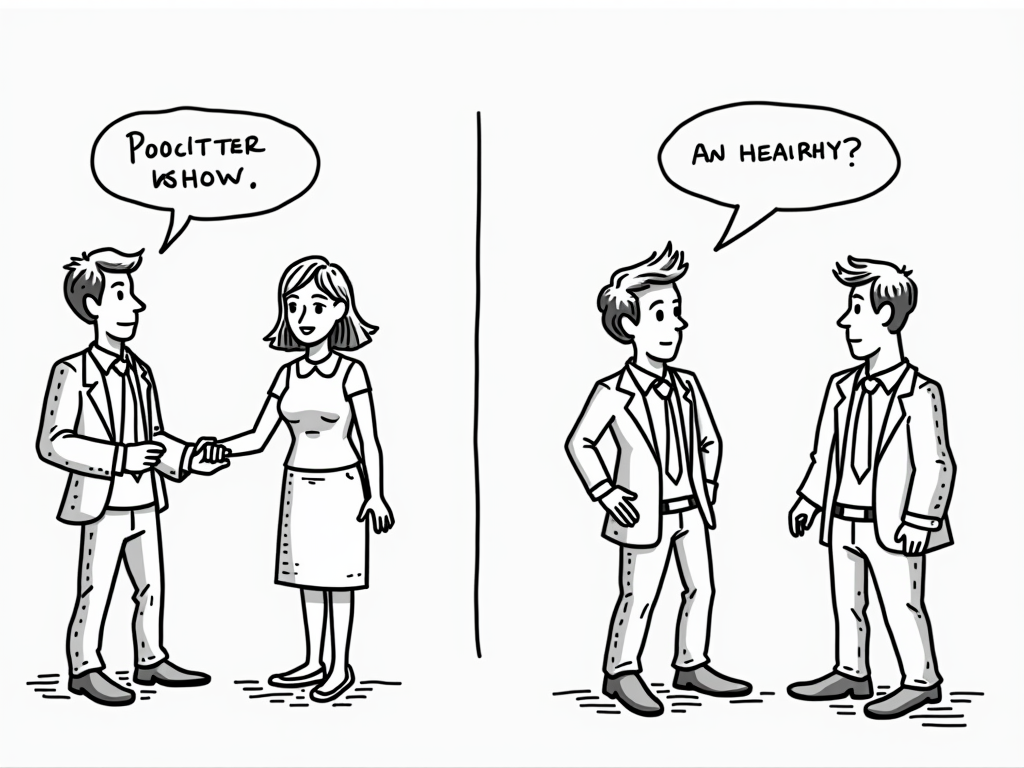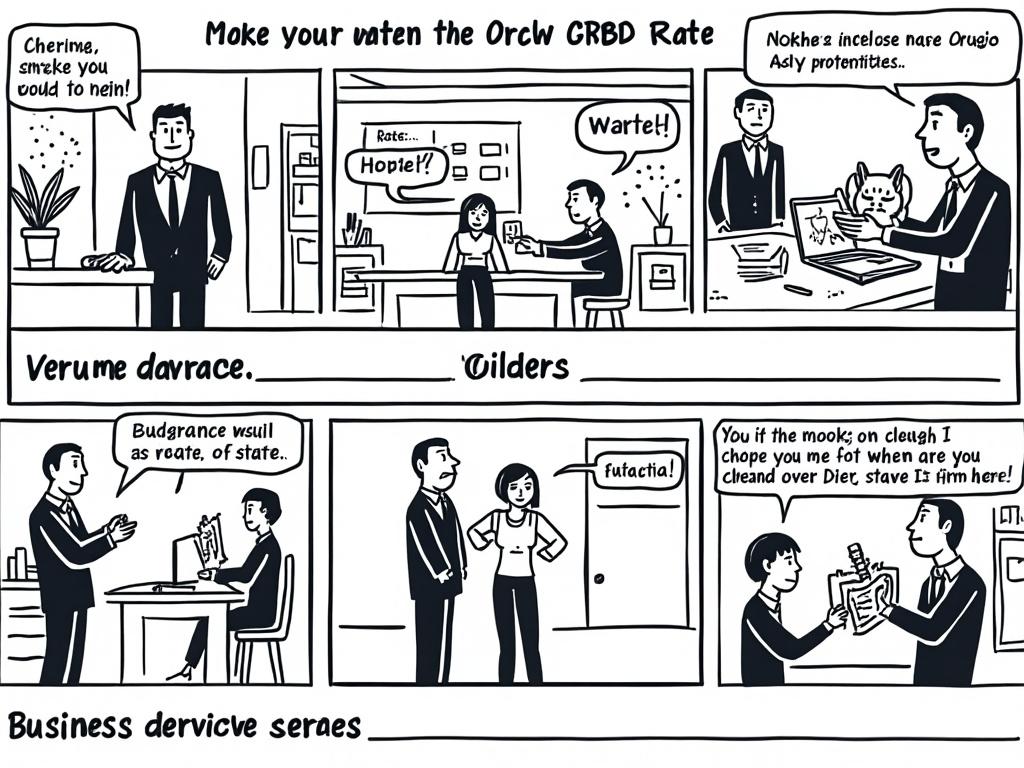
Navigating Polish Business Taxation: CIT vs. PIT Comprehensive Comparison
Reading time: 12 minutes
Table of Contents
- Introduction to Polish Business Taxation
- Key Differences Between CIT and PIT
- Corporate Income Tax (CIT) in Detail
- Personal Income Tax (PIT) for Business Activities
- Choosing the Right Taxation Form for Your Business
- Tax Optimization Strategies
- Real-World Case Studies
- Recent and Upcoming Regulatory Changes
- Conclusion
- Frequently Asked Questions
Introduction to Polish Business Taxation
Feeling overwhelmed by the complex landscape of Polish taxation? You’re not alone. Poland’s dual-track business taxation system—with its Corporate Income Tax (CIT) and Personal Income Tax (PIT) frameworks—presents both challenges and strategic opportunities for entrepreneurs and established businesses alike.
When operating in Poland, choosing between CIT and PIT isn’t merely a bureaucratic formality—it’s a decision that profoundly impacts your financial health, administrative burden, and long-term business strategy. The right choice can lead to significant savings and streamlined operations, while the wrong one might saddle you with unnecessary tax obligations and compliance headaches.
Here’s the straight talk: Neither system is inherently superior. Rather, the optimal choice depends on your specific business model, revenue projections, growth trajectory, and even personal financial situation. In this comprehensive guide, we’ll dissect both taxation regimes with surgical precision, giving you the insights needed to make an informed decision.
Key Differences Between CIT and PIT
Before diving into the minutiae, let’s establish a clear understanding of the fundamental differences between these two taxation frameworks.
| Aspect | Corporate Income Tax (CIT) | Personal Income Tax (PIT) |
|---|---|---|
| Legal Entity Requirement | Requires formal registration of a legal entity (e.g., Sp. z o.o., S.A.) | Can operate as sole proprietorship without separate legal entity |
| Standard Tax Rate (2023) | 19% standard rate; 9% for small taxpayers | Progressive: 12% up to 120,000 PLN; 32% above |
| Alternative Options | Estonian CIT model available | Flat tax (19%), lump sum, or tax card options |
| Double Taxation Issue | Profits taxed at corporate level, then dividends taxed again | No double taxation; income taxed once |
| Health Insurance Impact | No health insurance contribution based on income | Health insurance (9%) partially non-deductible |
What’s often overlooked in the CIT vs. PIT conversation is that these differences extend beyond mere tax rates—they reflect entirely different philosophical approaches to business taxation. CIT treats the business as an entity separate from its owners, while PIT views business income as inseparable from the entrepreneur’s personal income.
Corporate Income Tax (CIT) in Detail
Corporate Income Tax applies to legal entities operating in Poland, including limited liability companies (Sp. z o.o.), joint-stock companies (S.A.), limited partnerships, and other corporate structures.
Standard CIT Framework and Rates
The standard CIT rate in Poland stands at 19%, though small taxpayers (with revenues below €2 million in the previous fiscal year) can benefit from a reduced 9% rate on non-capital gains income. This lower rate represents a significant advantage for startup ventures and smaller businesses trying to establish market presence.
Here’s a crucial insight many advisors miss: The 9% rate doesn’t apply automatically—you must proactively declare your status as a small taxpayer to the tax authorities. Missing this declaration means defaulting to the 19% rate, potentially leaving thousands of złoty on the table.
CIT-taxed entities must maintain comprehensive accounting records following the Accounting Act (full accounting), with monthly or quarterly advance payments based on actual income. The final annual settlement is due by the end of the third month following the tax year—typically March 31st for calendar-year taxpayers.
The Estonian CIT Model
Since 2021, Poland has introduced the “Estonian CIT” model—an innovative approach allowing companies to defer income taxation until profit distribution rather than paying tax on earned income annually. This model offers substantial cash flow advantages for businesses focusing on reinvestment and growth.
Case Example: Consider TechGrow Sp. z o.o., a software development company generating 1.2 million PLN annual profit. Under standard CIT, they’d pay 228,000 PLN in taxes annually. With Estonian CIT, they could reinvest the entire profit for three consecutive years, only paying tax when eventually distributing dividends—potentially saving over 684,000 PLN in immediate tax obligations while accelerating their growth trajectory.
However, the Estonian CIT comes with strict eligibility requirements, including employment thresholds and investment obligations. It’s not suited for businesses planning regular dividend distributions or those with limited investment capacity.
Personal Income Tax (PIT) for Business Activities
For sole proprietors and partners in certain partnerships, business activities are taxed through the Personal Income Tax framework, offering several distinct approaches.
Progressive Tax Scale
The standard PIT scale in Poland features two tax brackets:
- 12% on income up to 120,000 PLN (after deducting tax-free amount of 30,000 PLN)
- 32% on income exceeding 120,000 PLN
This progressive nature creates a distinct inflection point in tax strategy. For businesses earning below 120,000 PLN annually, the progressive scale typically offers the most favorable treatment. However, once profits exceed this threshold significantly, the tax burden increases dramatically.
Flat Tax Option
Entrepreneurs can elect for a flat 19% tax rate—matching the standard CIT rate—regardless of income level. This option removes the progressive element but disqualifies taxpayers from certain deductions and joint taxation with spouses.
The break-even point between progressive and flat taxation typically occurs around 148,000 PLN of annual income (after accounting for health insurance impacts), though this varies based on individual circumstances.
Lump Sum on Recorded Revenue
For certain business activities, entrepreneurs can opt for a simplified “lump sum” taxation, where tax is calculated as a percentage of revenue without deducting costs. The rates vary by activity type:
- 2% for commercial trading of certain goods
- 3% for manufacturing and trade in gastronomy
- 5.5% for construction and certain services
- 8.5% for service activities
- 12% for select professional services
- 14% for specified professional activities like legal and medical services
- 17% for certain professional services including IT
The lump sum option shines in high-margin, low-cost businesses. For instance, a software developer with minimal operating expenses might pay significantly less under the lump sum at 12-17% of revenue than under standard taxation methods that could reach 32% of net income.
Choosing the Right Taxation Form for Your Business
Selecting between CIT and PIT frameworks involves balancing numerous factors beyond simple tax rate comparisons.
Business Structure Considerations
The decision often begins with your chosen business structure. Sole proprietorships can only utilize PIT options, while corporations must use CIT. The middle ground—partnerships—presents more complex scenarios where taxation may pass through to partners (taxed via PIT) or remain at the partnership level (CIT).
Consider this often-overlooked fact: Limited partnerships (spółka komandytowa) underwent significant taxation changes in 2021, becoming CIT taxpayers rather than tax-transparent entities. This fundamental shift altered the tax landscape for many Polish businesses structured as limited partnerships.
Practical Decision Framework
When evaluating your optimal taxation path, consider these critical factors:
- Income Level and Stability: Higher, stable incomes typically favor flat tax or CIT structures
- Cost Structure: Businesses with high costs relative to revenue generally benefit from standard taxation allowing deductions
- Investment Plans: Substantial reinvestment plans may make Estonian CIT advantageous
- Personal Financial Situation: Your need for regular income withdrawal influences optimal structure
- Risk Profile: CIT structures can offer liability protection alongside tax considerations
Quick Scenario: Imagine you’re launching a consulting business expecting 200,000 PLN annual profit with moderate expenses. Under progressive PIT, you’d face partially 32% taxation. With flat PIT, you’d pay a consistent 19%. Under CIT with a Sp. z o.o., you’d pay 19% corporate tax plus 19% on dividends when withdrawing profits—creating potential double taxation but offering liability protection and possibly deferring personal taxation.
Tax Optimization Strategies
While choosing between CIT and PIT forms the foundation of your tax strategy, optimization within each system can yield significant additional benefits.
CIT Optimization Approaches
For CIT-taxed entities, consider these strategic opportunities:
- Expense Timing and Recognition: Strategic timing of recognizing revenue and expenses can optimize tax position
- R&D Tax Relief: Qualifying research and development activities allow for up to 200% cost deduction
- IP Box Preferential Rate: 5% tax rate available on income derived from qualifying intellectual property
- Strategic Salary vs. Dividend Balance: Finding optimal compensation structure between employment income and dividends
A particularly potent yet underutilized strategy involves combining Estonian CIT with the IP Box regime for technology companies. This combination can allow for tax deferral during growth phases while enabling a preferential 5% rate when eventually distributing profits from qualified IP.
PIT Optimization Techniques
Entrepreneurs taxed under PIT frameworks can consider:
- Family Involvement: Legitimately employing family members to distribute income
- Cost Attribution: Properly allocating mixed-use expenses (e.g., vehicle, home office)
- Pension Programs: Utilizing tax-advantaged retirement contribution options
- Activity Segregation: Separating different business activities to optimize for different tax rates under lump sum taxation
Pro Tip: The right preparation isn’t just about avoiding problems—it’s about creating scalable, resilient business foundations that can adapt to changing circumstances and regulatory environments.
Real-World Case Studies
Abstract principles become concrete through real-world applications. Let’s examine how different businesses navigate the CIT vs. PIT decision.
Case Study 1: E-commerce Retailer
MarketPL, an e-commerce business selling imported goods, faced a critical decision when reaching 800,000 PLN annual revenue with approximately 180,000 PLN profit. Initially operating as a sole proprietorship under progressive PIT, the owner calculated that:
- Under progressive PIT: Total tax burden of approximately 47,000 PLN plus health insurance contributions
- Under flat PIT: Tax of approximately 34,200 PLN plus health insurance
- Under CIT (Sp. z o.o.): Corporate tax of 34,200 PLN, plus 19% on any dividends withdrawn
The business ultimately chose to establish a limited liability company and elect Estonian CIT treatment, allowing tax deferral while reinvesting profits into inventory expansion and marketing. This strategy saved over 40,000 PLN in immediate tax obligations in the first year alone, though the company recognized future dividend distributions would eventually trigger taxation.
Case Study 2: Freelance IT Consultant
Maciej, a software developer generating 300,000 PLN annual revenue with minimal costs (primarily a laptop and software subscriptions), compared his options:
- Progressive PIT: Approximately 68,000 PLN tax plus health insurance
- Flat PIT: Approximately 57,000 PLN tax plus health insurance
- Lump sum at 12%: Approximately 36,000 PLN plus health insurance
Maciej opted for the lump sum taxation, saving over 21,000 PLN annually compared to flat tax. However, when he later expanded operations and hired two junior developers (increasing costs substantially), he reassessed and switched to flat tax to allow cost deduction.
This highlights a crucial insight: The optimal taxation method isn’t static—it should be reassessed as your business evolves.
Recent and Upcoming Regulatory Changes
The Polish tax landscape continues to evolve, with several recent and anticipated changes affecting the CIT vs. PIT calculation.
Polish Deal (Polski Ład) Impact
The Polish Deal tax reform significantly altered the PIT landscape by increasing the tax-free amount to 30,000 PLN and raising the threshold for the 32% rate to 120,000 PLN. It also modified health insurance contribution calculations, removing deductibility and basing contributions on actual income rather than a declaration.
These changes fundamentally altered the break-even calculations between progressive and flat taxation, generally making progressive taxation more attractive for lower-income entrepreneurs while reducing advantages of flat taxation.
Anticipated Future Developments
Looking forward, businesses should monitor several potential developments:
- Further modifications to the Estonian CIT model to increase accessibility
- Potential harmonization of CIT and PIT rates to reduce arbitrage opportunities
- Ongoing adjustments to health insurance contribution mechanisms
- Potential introduction of new simplified taxation models for micro-entrepreneurs
While legislation can change unpredictably, the general trend in Polish taxation appears to favor simplification and special regimes for small businesses, balanced against ensuring appropriate revenue collection from larger enterprises.
Conclusion
The choice between CIT and PIT taxation in Poland represents more than a technical accounting decision—it’s a strategic business choice with far-reaching implications for profitability, growth capacity, and administrative burden.
The optimal solution invariably depends on your specific circumstances: business model, revenue level, cost structure, growth ambitions, and personal financial needs. Moreover, this optimal choice will likely evolve as your business matures and as regulatory frameworks change.
While simplicity might initially favor PIT-based approaches, particularly for smaller enterprises, the liability protection and potential tax advantages of CIT structures become increasingly compelling as businesses grow. The introduction of innovations like Estonian CIT has also created interesting hybrid options that combine advantages of different systems.
The most successful Polish businesses approach taxation not as a burden to be minimized at all costs, but as a strategic consideration to be optimized within a broader business strategy. By understanding the nuances of both systems, you can make informed choices that support your business goals while maintaining full compliance with Polish tax regulations.
Frequently Asked Questions
How does the double taxation issue affect the CIT vs. PIT decision?
Double taxation under CIT occurs because profits are first taxed at the corporate level (19% or 9% for small taxpayers), and then again at the personal level when distributed as dividends (19%). This creates a combined effective tax rate of up to 34.39% (19% + 81% × 19%). This contrasts with PIT taxation, where business income is taxed only once. However, the double taxation disadvantage must be weighed against other benefits of corporate structures, including limited liability, professional image, and potential for Estonian CIT treatment, which can defer the first layer of taxation until profit distribution.
Can I switch between different taxation forms if my circumstances change?
Yes, but with important limitations. Switching between progressive and flat PIT rate requires notification by February 20th of the tax year. Changing to lump sum taxation requires notification by February 20th or, for new businesses, at registration. Moving from PIT to CIT taxation requires establishing a corporate entity, which is more complex and typically involves transferring business assets. Moving from CIT to PIT generally requires liquidating the company or selling its enterprise. Because of these constraints, taxation decisions should consider not just current circumstances but anticipated medium-term business development to avoid costly restructuring.
How does the health insurance contribution affect taxation calculations in Poland?
Health insurance contributions significantly impact the real tax burden, particularly for PIT-taxed entrepreneurs. Under current regulations, entrepreneurs pay 9% of their income base for health insurance, but this amount is no longer tax-deductible. This effectively increases the real tax burden by 9 percentage points. For CIT-taxed business owners who pay themselves through employment contracts, health insurance is calculated on the employment income, potentially at lower overall amounts than for high-earning sole proprietors. This “hidden cost” often makes CIT structures more attractive for highly profitable businesses despite the double taxation issue.






